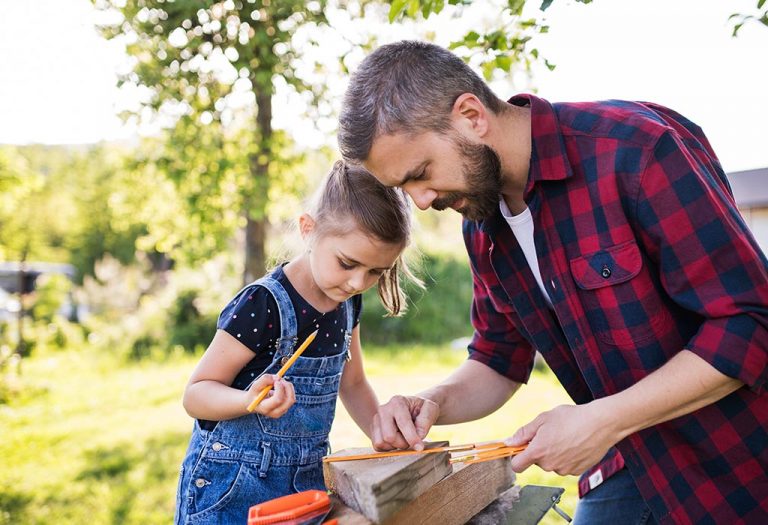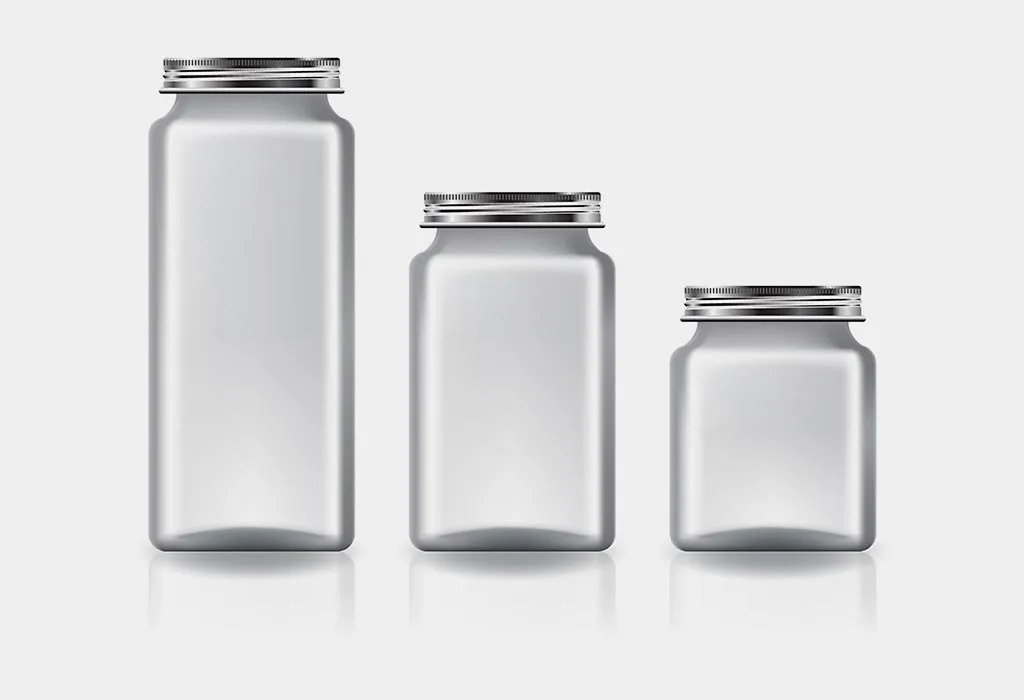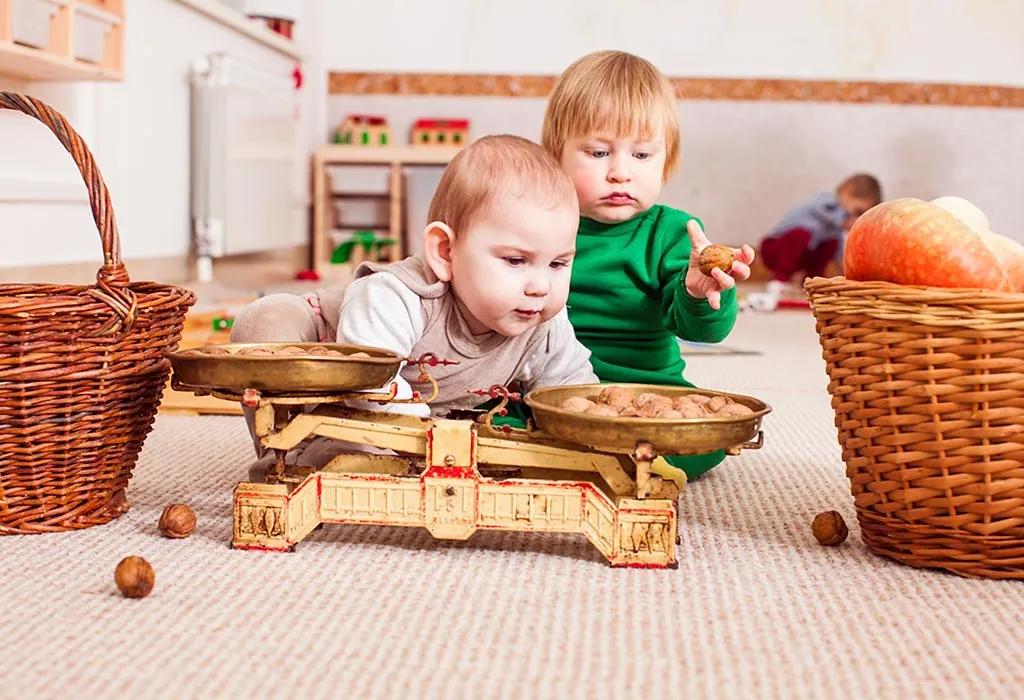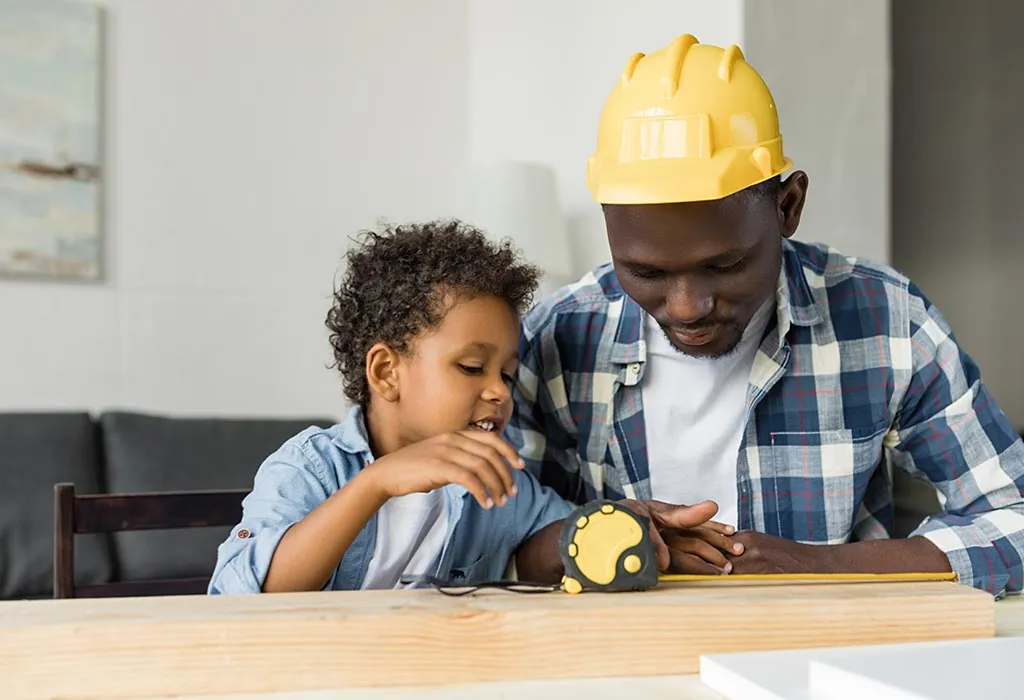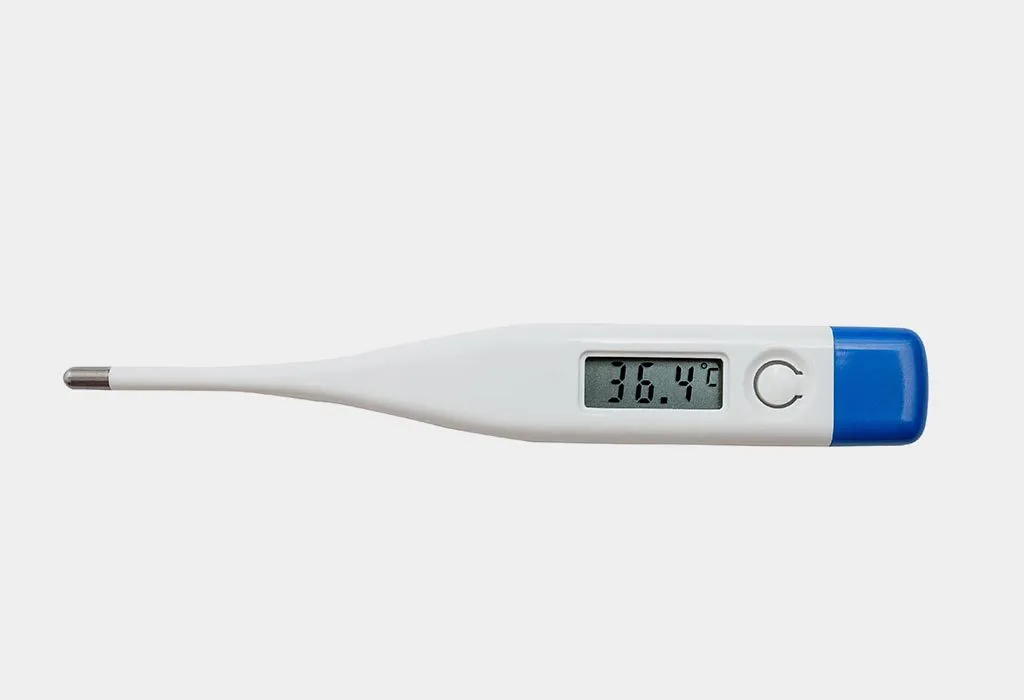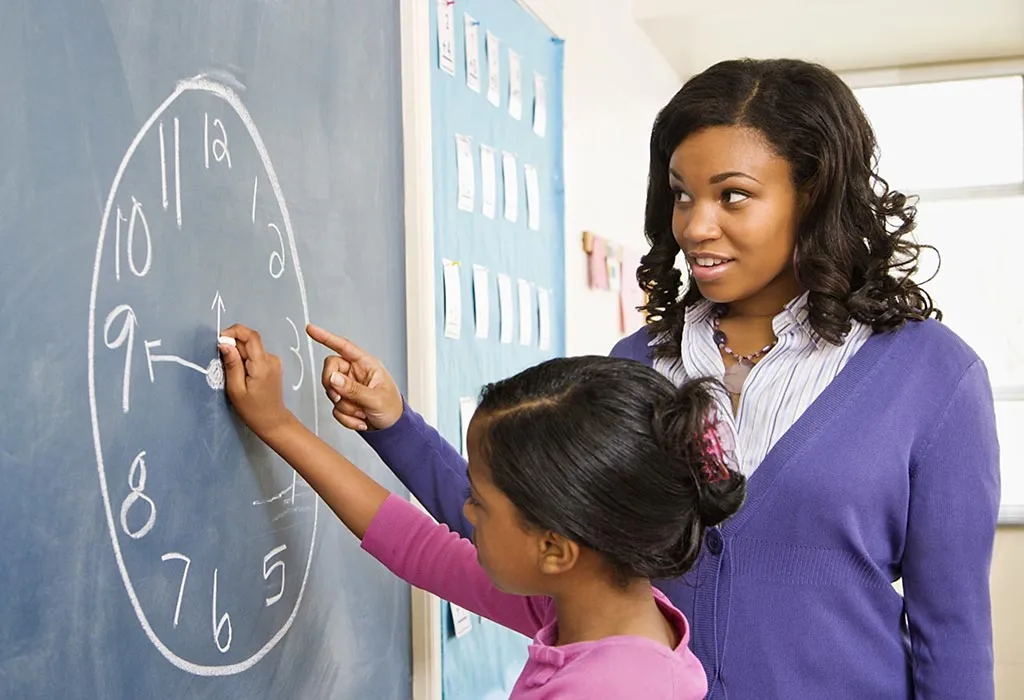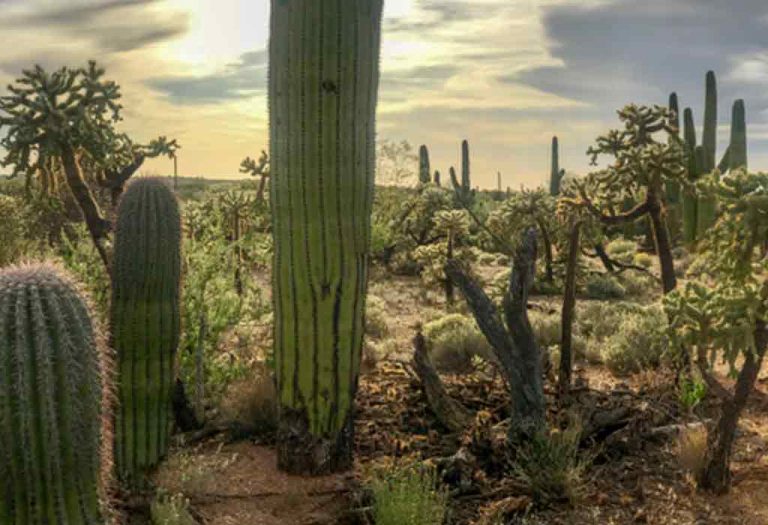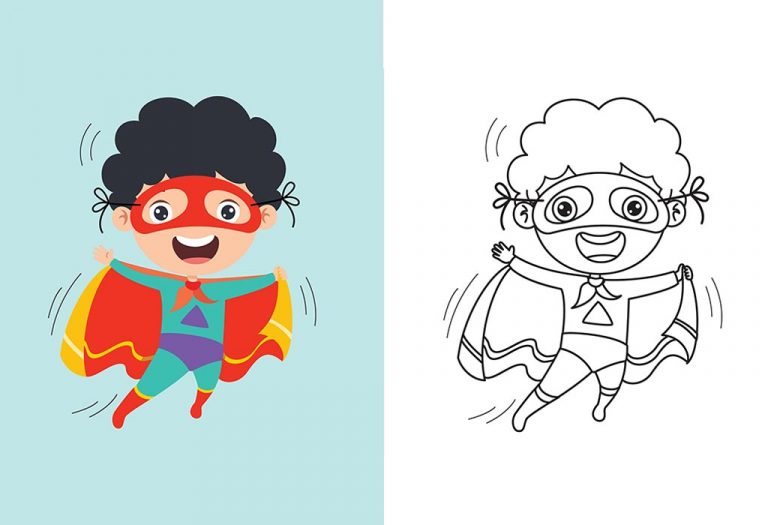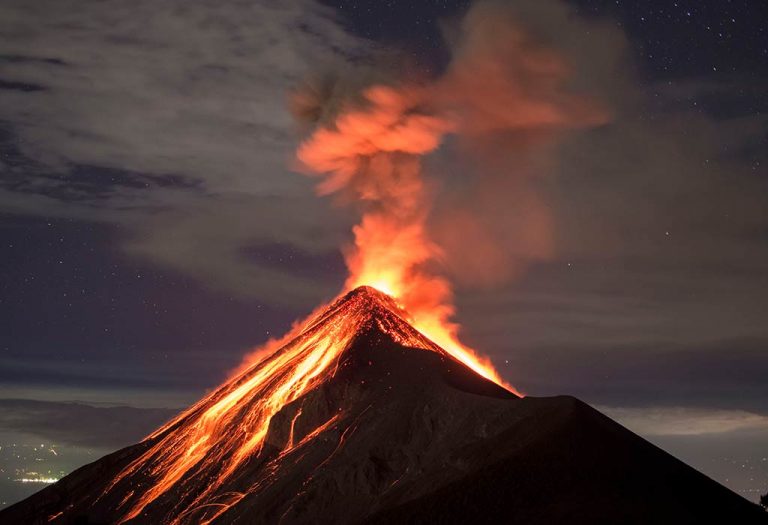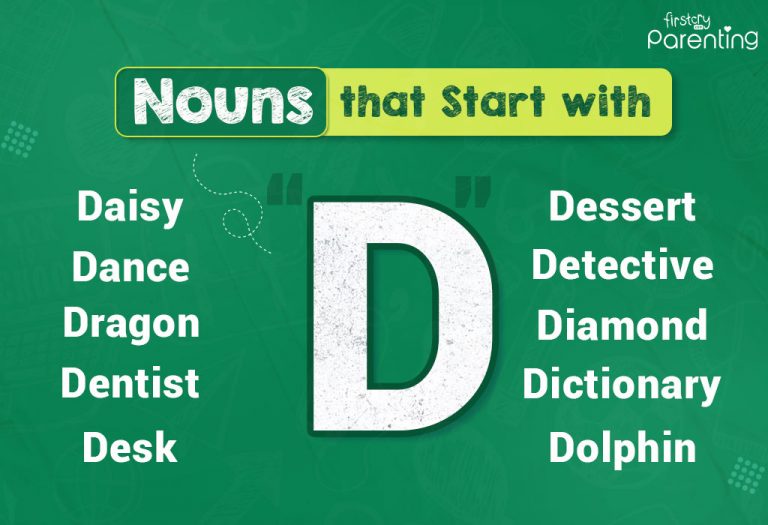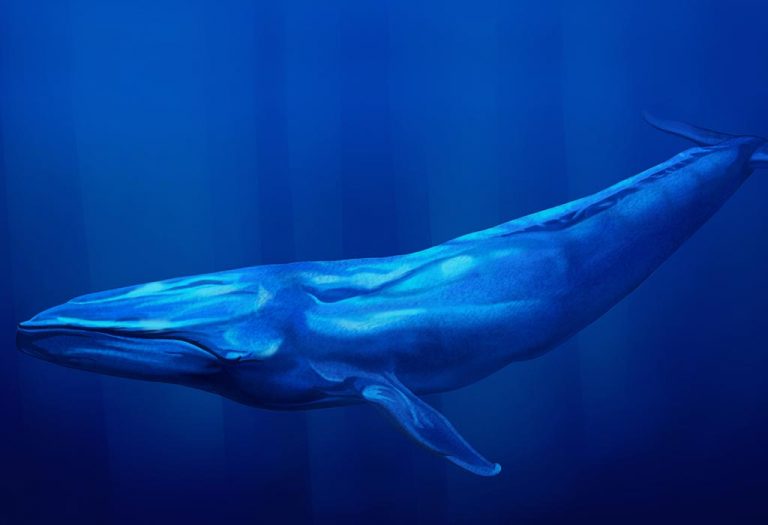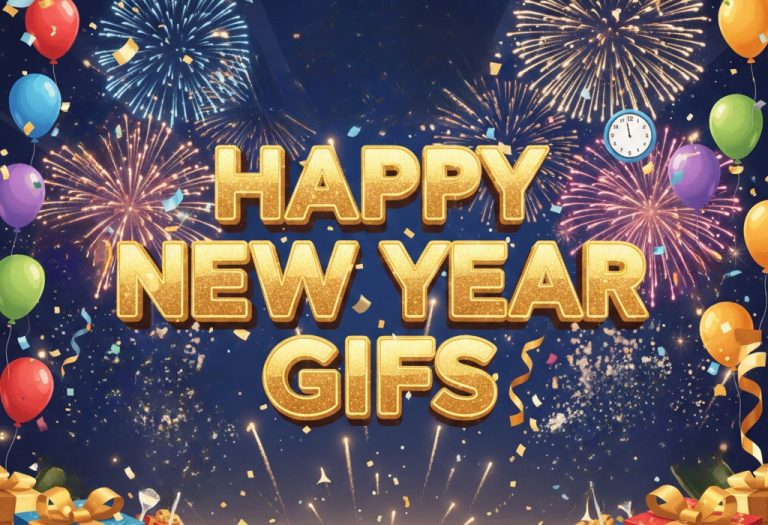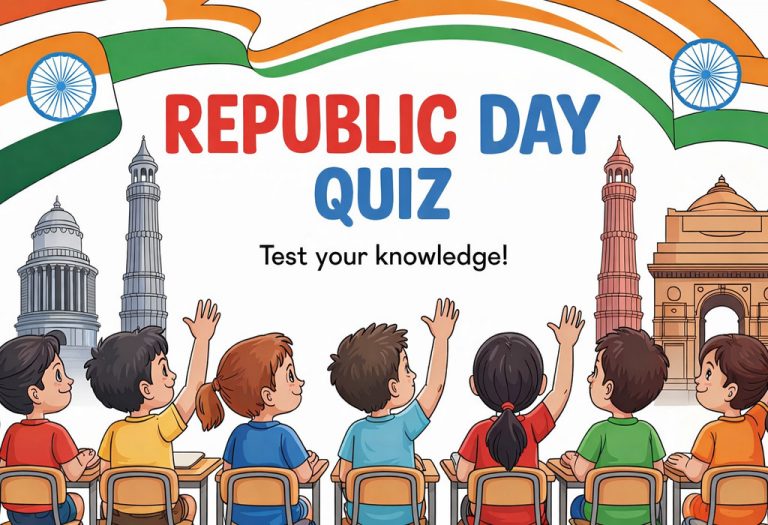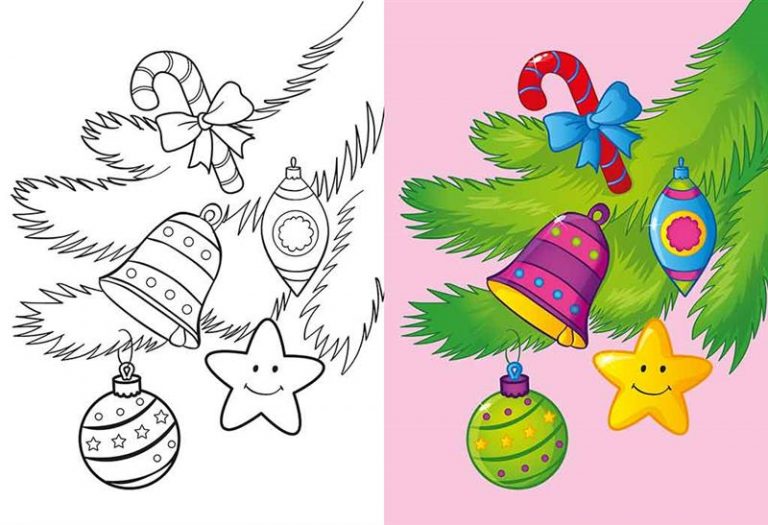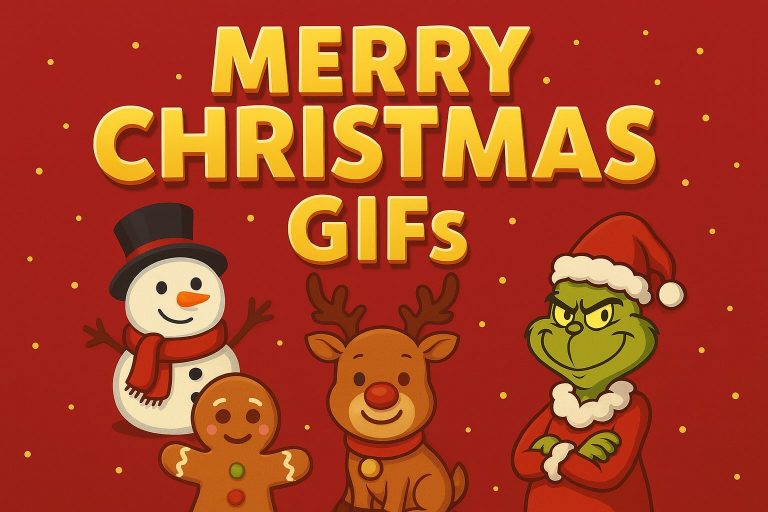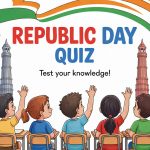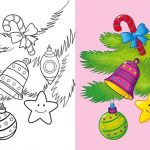10 Easy Measurement Activities for Kids to Learn Math
We measure ingredients while cooking and baking; we measure the size of a T-shirt we are thinking of purchasing and so many more things. From checking the length of a room to weighing fruits at the grocery store, measurement is everywhere. It is one of those math skills that are very much needed in our day-to-day lives. Teaching kids how to measure is important as it makes them able to go about life with ease. Engaging in measurement activities for kids helps them understand sizes, weights, and quantities. These hands-on experiences build confidence and practical knowledge, preparing them for real-world tasks. Learning measurement early ensures they develop accuracy and problem-solving abilities for everyday challenges.
What Basic Units of Measurement Should a Kid Know?
Here are some basic units of measurement that children should know:
1. Length/Distance
- Inches are used for measuring small lengths such as the length of a paper. An inch is 2.54cm.
- Feet can be used to measure medium-sized objects like the width of a room or a person’s height. 1 foot is 0.3048 meters.
- Yards are used to measure distances of a medium size such as the length of a hockey field. 1 yard equals 0.9144 meters.
- Miles can be used while measuring longer distances like from school to your home. 1 mile is 1.6 kilometres
- Meters are the basic unit used to measure length in the metric system. For smaller measurements, millimetres are used. 1 meter is 1000 millimetres.
- Kilometres are the unit used to measure longer distances. 1 kilometre is 1000 meters.
2. Mass/Weight
- Ounces are used to measure smaller mass quantities. 1 ounce is equal to 28.3459 grams.
- Pounds are used to measure the mass of either medium or large objects. It is used to measure the weight of a person. I pound is 16 ounces.
- Tons are used to measure the weight of very large objects. 1 ton is 2000 pounds and 1000 kilograms
- Grams are the basic unit of measurement for weight and mass in the metric system. Smaller objects are measured in milligrams and larger ones in kilograms.
3. Volume
- Fluid ounces are used to measure volume in the imperial system.
- Cups are a unit used for medium sized measurements of volume, most commonly used in recipes for cooking. 1 cup is 8 fluid ounces. 1 US cup equals 0.946 metric cups.
- Pints are another unit to measure medium-sized volume. 1 pint is equal to 2 cups
- Quarts are used to measure items that are slightly larger. 1 quart is 4 cups.
- Gallons are used for the measurement of larger volumes like large quantities of water. 1 gallon is 4 quarts and 16 cups.
- A litre is the basic unit of measurement for volume in the metric system. For smaller volumes, a millilitre is used. 1 gallon equals 3.78541 litres, and 1 litre equals 1000 millilitres.
4. Temperature
- Degrees are used to measure temperature. It is either measured in Fahrenheit or Celsius.
5. Time
- Seconds are the smallest measure of time. There are 60 seconds in one minute
- Minutes are a measure of time. There are 60 minutes in one hour.
- Hours are a medium measurement used to tell the time. There are 24 hours in one day.
- Days, weeks, months and years are used for longer measurements of time.
Why It Is Important to Teach Your Child About Measurements
Measurements are everywhere in daily life – when we cook, shop, build things, or even check the time. Hands-on measurement activities for kindergarteners helps them understand the world around them and prepares them for everyday tasks.
1. Helps with Everyday Tasks
Kids use measurements when they help bake cookies (measuring flour), buy new shoes (checking sizes), or even when they share snacks equally with friends. These skills make life easier as they grow up.
2. Makes Math Easier
Measuring things teaches kids about numbers, counting, and simple math without it feeling like “schoolwork.” They learn concepts like “half a cup” or “3 inches” in a natural, practical way.
3. Teaches Problem-Solving
When kids measure things, they learn to figure stuff out: “Is this bookshelf too tall for my room?” or “Do we have enough juice for everyone?” This helps them think logically.
4. Prepares for Future Learning
Many science experiments, building projects, and even video games use measurements. Kids who understand measurements early will find these activities much easier later on.
5. Keeps Them Safe
Knowing measurements prevents mistakes – like giving the wrong amount of medicine, building a wobbly chair, or cutting something too short. It helps kids be careful and precise.
Fun Measurement Activities for Children
Here are some fun measurement activities that you can do with your kids:
1. Which Jar has More?
If you ever wonder how to teach measurement to kindergarten children, this is a fun way of teaching them about volume.
What You Will Need
- Three jars of different sizes (8oz, 16oz and 32oz)
- Measuring cups
- Water
- Food colouring; three different colours
Procedure
- Fill each jar with a similar quantity of water
- Add different food colour to each jar
- Have your kids tell you which jar has the most water
- Ask your kids to use the measuring cups and measure the water in each jar
- Explain to them why it looked like some jars had more than the others
2. Weight Game
Here is how to teach measurement to grade 1 child in a fun way.
What You Will Need
- Different objects from around the house
- Food weighing scale
- Regular weighing scale
Procedure
- Assemble the items on a table
- Ask your child to choose two items without picking them up
- Separate the two items from the rest and ask your child to guess by looking which is heavier
- Once she has guessed, ask her to hold one in each hand and then ask if her guess is still the same
- Weight the items on the scale to see which one is heavier
- If she guessed wrong, explain to her why
3. Measure That
Here is one of the fun measuring length activities for preschoolers:
What You Will Need
- Measuring Tapes
- Paper
- Pencil
Procedure
- Make a chart for your children with two columns for “measurement” and “object” and add some objects like “fridge door” “Coffee table” etc.
- Show them how to use the measuring tape and have them measure the objects on the list and write the measurements near the objects on the chart.
4. Hot and Cold
Here is one of the fun temperature measurement activities for grade 3:
What You Will Need
- Thermometer
- Five glasses of water; warm, hot, room temperature, cold and iced
Procedure
- Have your child place the thermometer in the bowl of room temperature water and watch the red liquid as it moves. When it stops, they need to write down “Room temperature” and the measurement taken.
- Do the same with the remaining four glasses
5. Time For
Learn how to read time with this fun measurement activity for 2nd-grade children:
What You Will Need
- 6 drawn or printed analogue clocks without any hands.
- Pencil
Procedure
- Ask your child her three favourite activities
- Pick one activity and ask her what time it starts
- Have her draw the hands of the clock to show the starting time
- Have her do the same for the finish time of her activity
- Ask her how many minutes the activity lasted for
- Do the same for the other two activities.
6. How Tall Am I?
A great way to teach height measurement to young kids.
What You Will Need
- Measuring tape or ruler
- Sticky notes
- Marker
Procedure
- Have your child stand against a wall
- Place a sticky note at the top of their head
- Measure and mark their height on the wall
- Write their height and the date on the note
- Repeat monthly to track growth
7. Baking Math
A delicious way to learn volume measurements!
What You Will Need
- Simple cookie recipe
- Measuring cups and spoons
- Mixing bowls
Procedure
- Let your child measure all ingredients
- Compare different measurements (“Which is more – ½ cup or ⅓ cup?”)
- Discuss what happens if measurements are wrong
- Enjoy your perfectly measured cookies!
8. Step Measuring
Teach length using body measurements with this fun activity.
What You Will Need
- Open space (hallway or yard)
- Paper and pencil
Procedure
- Have your child measure objects using their feet
- Then measure with actual ruler
- Compare the differences
- Try with handspans too
9. Liquid Race
Fun volume measurement game for multiple kids.
What You Will Need
- 3-5 different sized containers
- Water
- Measuring cup
- Stopwatch
Procedure
- Fill containers with different amounts of water
- Kids guess which has most/least
- Time how long it takes to pour each into measuring cup
- Compare guesses to actual measurements
10. Nature Measuring Walk
Combine outdoor time with measurement practice.
What You Will Need
- Ruler or measuring tape
- Notebook
- Pencil
Procedure
- Go for a walk in park or backyard
- Measure leaves, sticks, rocks
- Compare sizes (“Find something longer than 6 inches”)
- Make a nature measurement journal
These were some great measurement activities for grades 1, 2, and 3.
FAQs
1. Why should kids learn non-standard units (e.g., blocks, hands) before standard units?
Non-standard units (like paper clips or footsteps) help kids grasp the concept of measurement without the complexity of rulers or scales. This builds intuition before introducing formal systems, reducing frustration.
2. Can measurement activities improve kids’ language skills?
Yes! Comparing objects (“shorter,” “heavier”) expands vocabulary, while describing processes (“pour half a cup”) reinforces communication and sequencing skills—key for early literacy.
Children learn better with hands-on activities, so try out the above activities for a fun experience, teaching your children the basics of measurements.
Also Read:
Teaching Size and Shapes to Preschoolers
Teaching Measurement Concepts to Kids
Abacus for Kids – Benefits and How to Use It
Was This Article Helpful?
Parenting is a huge responsibility, for you as a caregiver, but also for us as a parenting content platform. We understand that and take our responsibility of creating credible content seriously. FirstCry Parenting articles are written and published only after extensive research using factually sound references to deliver quality content that is accurate, validated by experts, and completely reliable. To understand how we go about creating content that is credible, read our editorial policy here.





